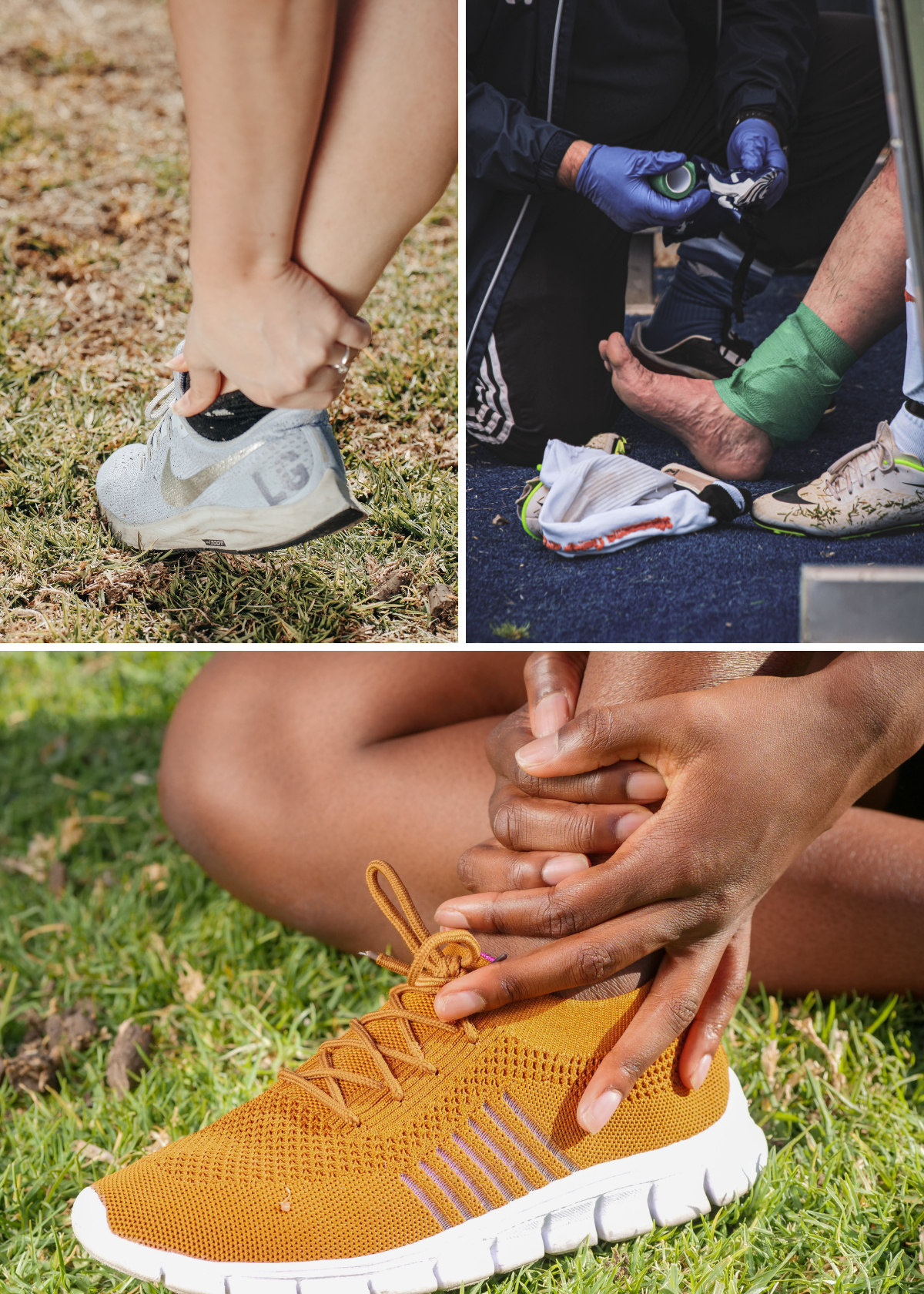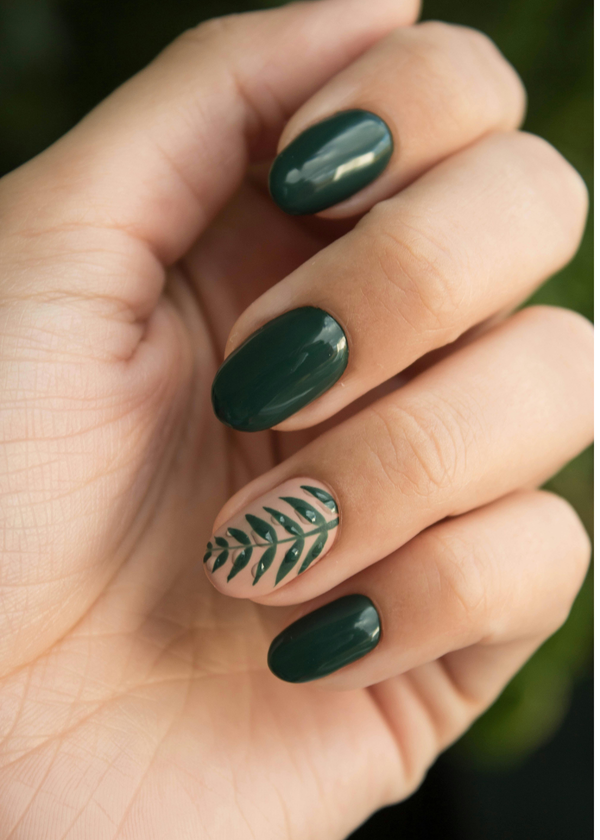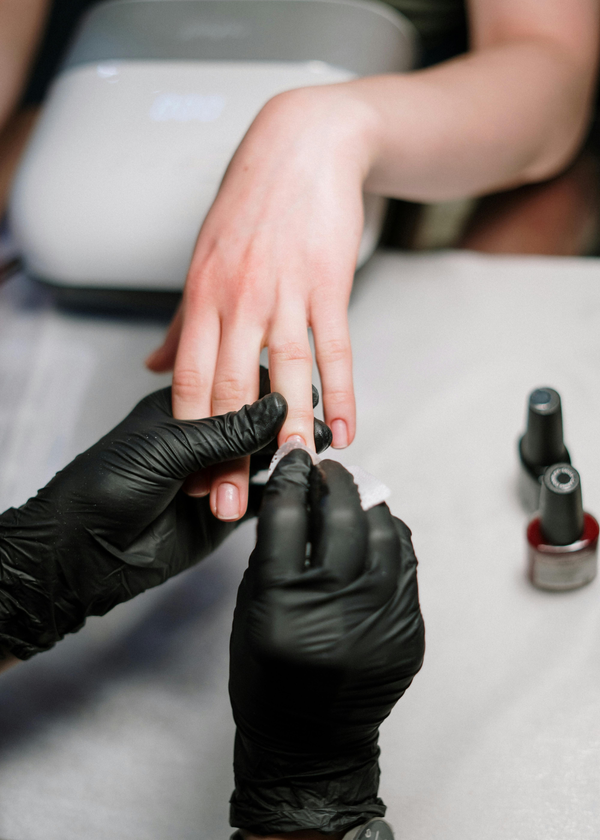Compression boots, also known as recovery boots, have become a staple in the world of sports recovery and wellness. These innovative devices harness the power of intermittent pneumatic compression to mimic natural muscle pumps, thereby increasing blood flow and accelerating recovery. In this comprehensive guide, we'll explore the ins and outs of compression boots, their benefits, and how to choose the right pair for your needs.
What Are Compression Boots?
Compression boots are specialized recovery tools designed to envelop the legs and provide targeted pressure. This pressure is systematically applied and released, creating a pumping effect that helps improve blood flow and flush out waste products from muscle tissue. The result is a faster and more efficient recovery process, making these boots a favorite among endurance athletes and those recovering from intense physical activity.
The Science Behind Compression Therapy
The principle behind compression boots is rooted in the medical practice of compression therapy. By applying controlled pressure to the limbs, these devices enhance venous return and lymphatic drainage. Intermittent compression, in particular, is effective because it alternates between compressing and releasing, which is similar to the action of natural muscle pumps during movement.
FYI — Techi-Becky Reviews may collect a share of sales or other compensation from being an Amazon Associate, we earn commissions from qualifying purchases from links on this page if you decide to buy something (that's how we stay in business) Thanks for reading!
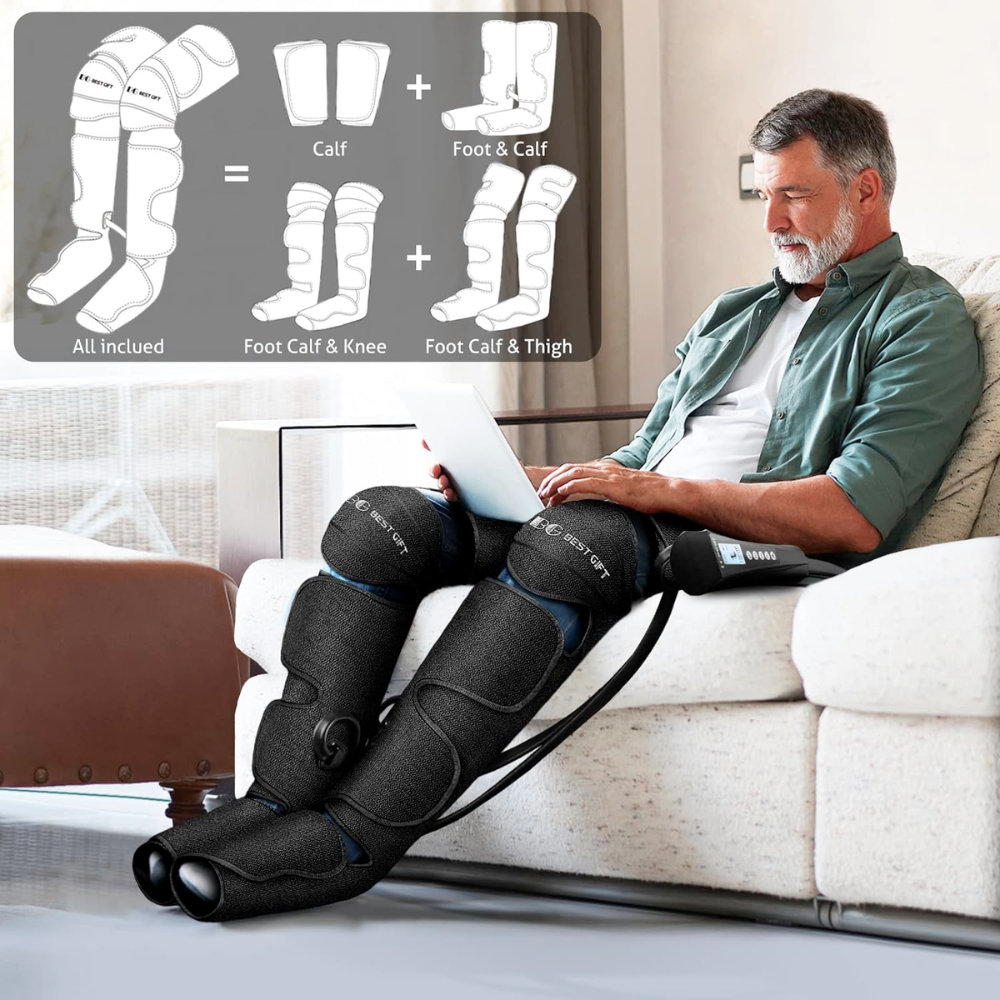
Bestgift- Air Compression Massager with Heat for Foot
Introducing our Air Compression Massager, the ultimate solution for leg and foot self-recovery. Crafted with quality in mind, it offers three levels of compression massage for personalized relief, targeting pain points from feet to thighs. With three massage modes, knee heating, and a sleek remote control LED display, this massager provides a soothing experience tailored to your needs, promoting relaxation and improved blood circulation. Ideal for easing muscle tension and relieving stress, it makes a thoughtful gift for any occasion. Plus, with our 30-day money-back guarantee and 1-year warranty, you can trust in its effectiveness and quality. Say goodbye to discomfort and hello to relief with our Air Compression Massager.
The Benefits of Using Compression Boots
Accelerated Recovery Time
One of the primary advantages of using compression boots is the significant reduction in recovery time. By increasing blood flow and reducing the buildup of lactic acid, athletes can bounce back quicker from a strenuous training session and be ready for their next workout with less downtime.
Reduced Swelling and Inflammation
Swelling and inflammation are common responses to intense exercise or injury. Compression boots help reduce swelling by moving excess fluid away from the affected areas, providing both short-term relief and continued relief over time.
How Compression Boots Work
Intermittent Pneumatic Compression
Compression boots operate using a system of air chambers that inflate and deflate, delivering intermittent pneumatic compression to the legs. This action is controlled by a central unit that allows users to adjust the pressure settings according to their comfort and needs.
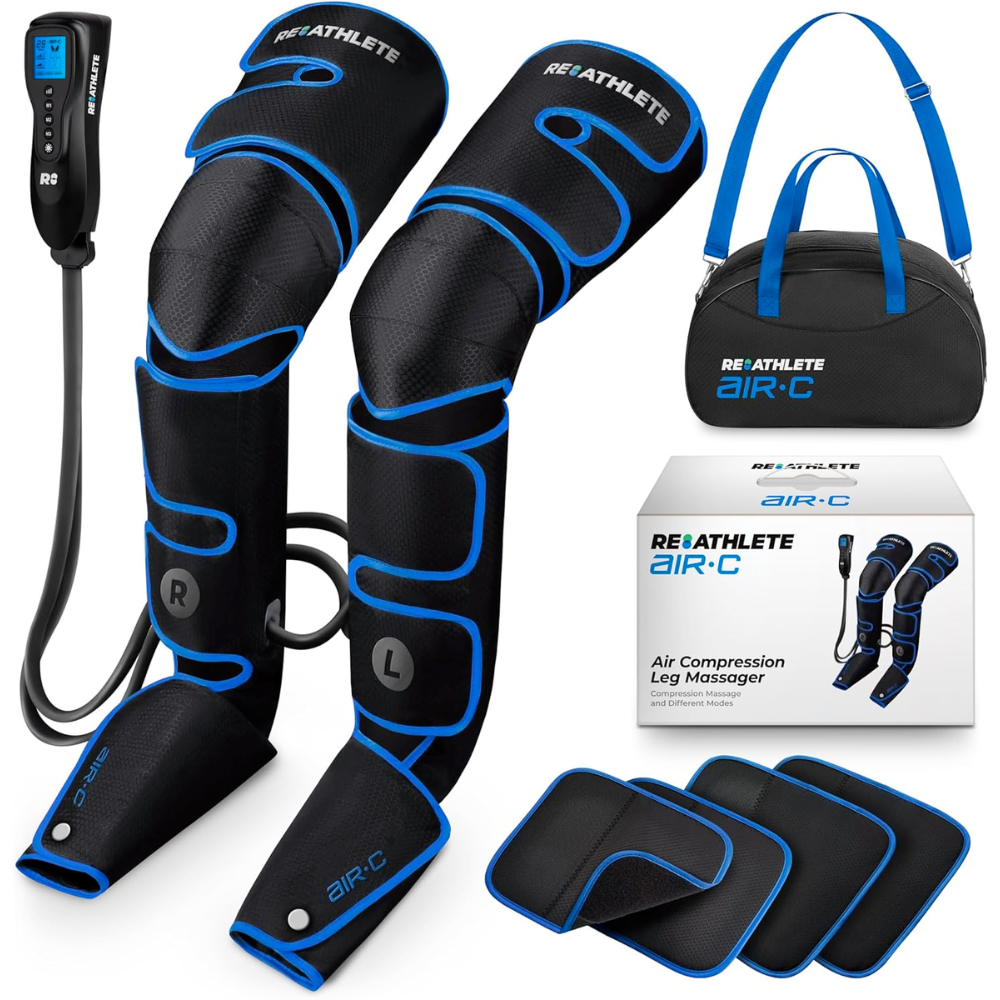
REATHLETE Leg Massager - Full Leg Massager for Circulation and Pain Relief
Regain mobility with our Leg and Foot Massager, easing minor muscle aches and boosting blood flow for improved function with just 1 hour of daily use. Featuring 4 airbags across 3 zones, this full-leg massager offers three intensities and modes for targeted relief, all controlled via handheld remote for effortless relaxation. Enjoy comprehensive coverage from knee to foot, accommodating heights from 5’1” to 6’2” with included extenders, while its circulation-boosting action and durable, breathable fabric ensure long-term comfort and effectiveness.
Mimicking Natural Muscle Pumps
The compression sequence in these boots is designed to mimic the body's natural muscle pumps. By starting at the distal end (the part of the limb farthest from the heart) and moving proximally (toward the heart), they effectively increase circulation and aid in the recovery process.
Key Features to Look For
Multiple Pressure Settings
When shopping for compression boots, look for models that offer multiple pressure settings. This allows for a customizable experience, catering to the varying needs of individuals. Four pressure settings are common, but some models offer up to seven compression levels for more precise control.
Overlapping Zones
High-quality compression boots often feature overlapping zones that ensure even pressure distribution across the entire leg. This is a nice feature that can make a significant difference in the effectiveness of the compression and the comfort of the user.
Compression Boots vs. Compression Socks
While compression socks are a more familiar and less expensive option, they lack the dynamic nature of compression boots. Socks provide static pressure, which can be beneficial for increasing blood flow, but they do not offer the same level of intermittent compression that boots do, which is crucial for optimal recovery.
The Role of a Physical Therapist
Consulting with a physical therapist can be beneficial when considering compression therapy. They can provide professional advice on the appropriate use of compression devices and help tailor a recovery system that complements your specific health and performance goals.
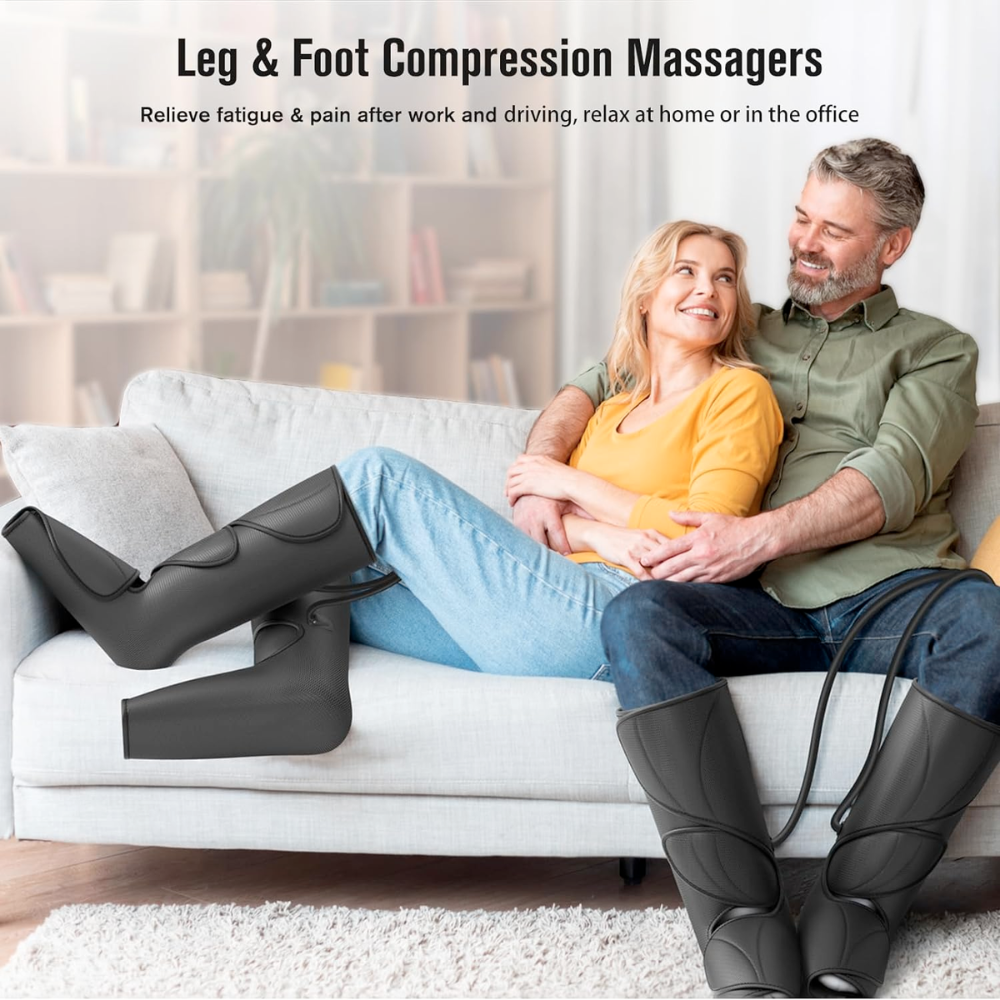
FIT KING Leg Air Massager for Circulation and Relaxation Foot and Calf Massage
Experience ultimate relaxation with our Feet & Calves Massager, featuring 2x2 airbags for a soothing massage that mimics kneading and stroking motions, relieving muscle aches and boosting circulation. With 2 modes, 3 intensities, and 10 massage techniques controlled via handheld controller, it's perfect for all ages and lifestyles, ensuring comfort and rejuvenation whether at work or home. Plus, its adjustable size with extensions accommodates various leg sizes, providing a customized fit for optimal comfort and effectiveness.
Compression Boots for Different Types of Athletes
Endurance Athletes
Long-distance runners, cyclists, and triathletes can greatly benefit from the use of compression boots. The recovery boost can help them handle high volumes of training and improve their overall performance.
Serious Athletes and Fitness Enthusiasts
Even if you're not competing at a professional level, serious athletes and regular gym-goers can use compression boots to aid in recovery and prepare for the next workout. The reduction in sore legs and swelling is a universal advantage for anyone pushing their physical limits.
Practical Examples of Compression Boot Usage
Compression System Mechanics: The Heart of Recovery
The intricacies of a compression system are pivotal in understanding how these devices bolster recovery. At its core, the system functions to increase blood flow, leveraging meticulously designed pumps that emulate the body's natural one way valves. This mechanism ensures a directional flow of blood, preventing backflow and thus enhancing overall blood circulation. For instance, when a user simply zips into their compression boots, they're not just donning a recovery tool; they're engaging with a sophisticated form of therapy that actively works to mitigate fatigue and accelerate healing.
Moreover, the efficacy of a compression system is often determined by its ability to deliver higher pressure in a controlled manner. Many systems come equipped with settings that allow users to adjust the intensity, with some offering up to seven levels of pressure. This customization is crucial for catering to individual needs and recovery goals. Whether you're a long distance runner looking for short term relief post-race or someone integrating recovery into a daily routine, the ability to fine-tune the pressure means that the benefits of increased blood flow can be optimized for each user's unique situation.
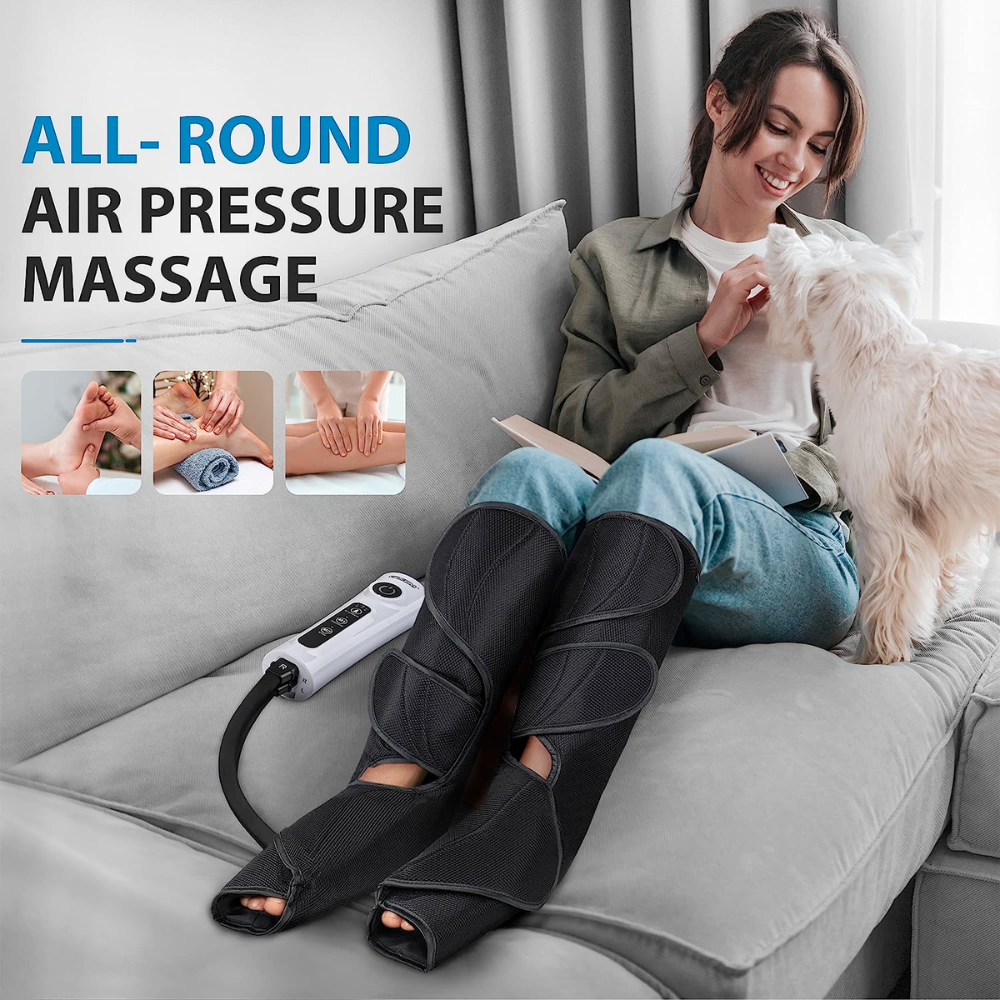
CINCOM Leg Massager for Circulation and Pain Relief
Relieve leg fatigue with our Air Compression Leg Massager, delivering cyclic air compression to your calves and feet for loosening stiff muscles and enhancing blood flow. With customizable settings via handheld controller and 10 massage techniques, it's like having a personal massage therapist at your fingertips. Adjustable leg wraps ensure a perfect fit for all, while its portable design and breathable material provide comfort and convenience whether at home or on the go. Say goodbye to discomfort and hello to relaxation wherever you are.
The Essential Gear for Long Distance Runners
Long distance runners understand the importance of endurance and the toll that extensive mileage can take on their bodies. Compression boots have emerged as an essential piece of gear for those who regularly push their limits on the track or trail. By using a dynamic pump action, these boots provide a massage-like effect that can greatly aid in recovery. This isn't just about comfort; it's about enabling runners to get back to training sooner, with less soreness and a reduced risk of injury.
The wear and tear on the muscles of long distance runners are significant, and the recovery process is just as crucial as the training itself. Compression boots offer a proactive approach to muscle recovery, with their ability to improve circulation and flush out lactic acid. This technology is not just for professional athletes; amateur runners are also finding the benefits of incorporating compression therapy into their routines. By investing in a pair of quality compression boots, long distance runners are investing in their longevity in the sport.
The Intersection of Recovery and Finance: FSA/HSA Eligibility
When considering the purchase of compression boots, it's important to explore the financial aspect, particularly the eligibility for Flexible Spending Accounts (FSA) or Health Savings Accounts (HSA). These accounts offer a tax-advantaged way to pay for qualifying medical expenses, potentially including compression therapy devices. By using pre-tax dollars from an FSA or HSA, you can effectively reduce the cost of your compression boots, making this investment in your health more affordable.
However, it's crucial to check with your specific FSA or HSA plan to confirm that compression boots are considered a covered expense. The IRS periodically updates the list of eligible expenses, and while many compression therapy products are included, each plan may have its own restrictions. Some plans may require a prescription or a letter of medical necessity from a healthcare provider, so it's wise to gather all necessary documentation before making your purchase to ensure a smooth reimbursement process.
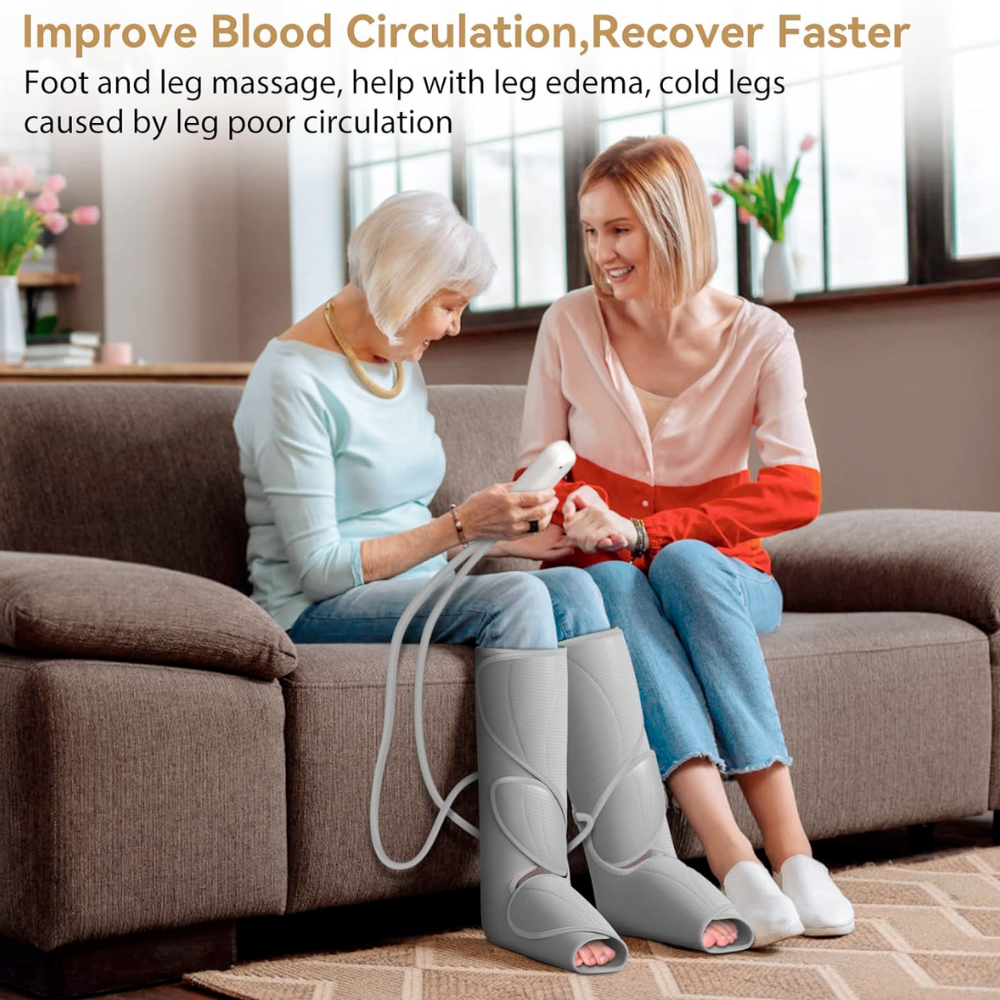
FIT KING Compression Boots for Circulation, Leg Massager with Air Compression for Foot Calf
Smart Spending: Maximizing FSA/HSA Contributions for Compression Boots
For athletes and fitness enthusiasts looking to make the most of their FSA or HSA contributions, timing is everything. If you're planning to purchase compression boots, consider doing so at a strategic point in the year. For instance, if you have remaining FSA funds towards the end of the plan year, buying compression boots can be a smart way to use those dollars before they expire, as some FSA accounts operate on a "use it or lose it" basis.
On the other hand, if you're contributing to an HSA, which rolls over year to year, you might find it beneficial to plan for a larger health-related purchase like compression boots. This way, you can allocate your contributions accordingly and ensure that when the time comes to buy, you have sufficient funds available. Always keep an eye on contribution limits and plan details, as these can change annually and impact your spending strategy.
FSA/HSA: Smart Financial Planning for Athletes
Navigating the financial aspects of health and wellness gear can be as challenging as a marathon itself. Fortunately, for athletes considering compression boots, many models are FSA/HSA eligible. This means that individuals with a Flexible Spending Account (FSA) or Health Savings Account (HSA) can use pre-tax dollars to purchase these recovery aids. It's a smart move that not only supports physical health but also financial well-being. Athletes should check with their plan providers to ensure eligibility and make the most out of their health-related investments.
Moreover, the inclusion of compression boots as FSA/HSA eligible items underscores their recognized importance in medical recovery and overall health maintenance. For athletes, this translates to an affordable approach to accessing high-quality recovery tools without the hefty price tag weighing them down. It's essential to keep receipts and prescriptions if required, as these will be necessary for reimbursement. By taking advantage of FSA/HSA benefits, athletes can equip themselves with the best recovery tools like compression boots, ensuring they're always ready to wear their gear and hit the ground running.
Navigating the Market: Compression Boots and Other Brands
When it comes to selecting the right compression boots, the market offers a plethora of options, each with its own set of features and benefits. It's essential to compare these against other brands to ensure you're getting the best fit for your needs. For example, some brands may offer boots with a wider range of pressure settings or additional features like heat therapy, which can further enhance the recovery experience. It's also worth considering the form factor of the boots, as some are designed for ease of use with features like simply zip closures, while others might offer more robust support structures.
In addition to the physical attributes, it's important to consider the financial aspect of your investment. Many compression boots are eligible for purchase with FSA/HSA funds, providing a cost-effective solution for those seeking therapeutic recovery tools. By comparing the long-term benefits and upfront costs of various brands, consumers can make an informed decision that balances quality with affordability. Whether you're a seasoned athlete or someone looking to improve their recovery process, the market has a compression solution to suit your needs.
Case Study: Marathon Runner
A marathon runner incorporates compression boots into their post-race routine. After a grueling 26.2 miles, the runner uses the boots for 30 minutes at a medium pressure setting. They report feeling less soreness the following day and are able to resume training much sooner than after previous races.
Real-World Feedback
Many users share their positive experiences with compression boots, noting the rapid reboot in their recovery process. Athletes often mention the convenience of being able to use the boots at home, which saves time and provides ongoing access to recovery therapy.
The Investment: Quality vs. Price
Hefty Price Tag Considerations
High-quality compression boots can come with a hefty price tag. However, when considering the long-term benefits and the potential to reduce the need for other recovery methods, the investment can be justified. It's important to weigh the cost against the quality, features, and potential health benefits.
FSA/HSA Eligibility
Some compression boots may be eligible for purchase with Flexible Spending Accounts (FSA) or Health Savings Accounts (HSA), which can make them more affordable. Always check with your provider to see if this is an option for you.
Choosing the Right Compression Boots
Understanding Your Needs
Before making a purchase, assess your specific needs. Consider the intensity of your workouts, the frequency of your training sessions, and any particular recovery challenges you face. This will help you determine which features are most important for your recovery boots.
Comparing Brands and Models
It's wise to compare different brands and models to find the best fit for your budget and requirements. Look for reviews, video demonstrations, and feedback from other users to gauge the performance and quality of the boots you're considering.
Maintenance and Care
Keeping Your Boots in Top Shape
To ensure the longevity of your compression boots, follow the manufacturer's instructions for care and maintenance. Regular cleaning and proper storage will keep them functioning effectively and hygienically.
Compact Design for Easy Storage
Many compression boots come with a compact design that makes them easy to store and transport. This is a practical consideration, especially for athletes who travel frequently and need a recovery solution that is TSA approved.
Maximizing the Benefits of Compression Boots
Integrating into Your Routine
To get the most out of your compression boots, integrate them into your regular recovery routine. Consistent use after each training session can lead to better results and more noticeable improvements in recovery time.
Listening to Your Body
Always listen to your body and adjust the settings on your compression boots accordingly. If you experience discomfort or pain, reduce the pressure or consult with a healthcare professional.
The Future of Compression Recovery
As technology advances, we can expect to see even more innovative features in compression boots. These may include smarter control systems, enhanced portability, and more personalized compression programs tailored to individual recovery needs.
Making an Informed Purchase
When you're ready to invest in a pair of compression boots, take the time to research and make an informed decision. Consider the benefits, features, and your personal recovery needs to ensure that you're spending your money wisely and choosing a product that will truly aid in your health and performance.
FAQs
Q: Can compression boots help with conditions other than sports recovery?
A: Yes, compression boots can also be used to help with conditions like lymphedema, deep vein thrombosis prevention, and general leg fatigue. However, it's important to consult with a healthcare professional before using them for medical conditions.
Q: How long should I use compression boots for each session?
A: The recommended duration can vary, but most users find that sessions ranging from 15 to 30 minutes are effective. It's best to start with shorter sessions and gradually increase the time as your body adapts.
Q: Are compression boots suitable for everyone?
A: While many people can benefit from compression boots, they may not be suitable for individuals with certain medical conditions, such as severe peripheral neuropathy or open wounds on the legs. Always consult with a healthcare professional before starting any new recovery regimen.
Summary:
Compression boots are a game-changing recovery tool that offer a multitude of benefits for athletes and individuals seeking to improve blood flow, reduce swelling, and shorten recovery time.
By understanding how these devices work, the key features to look for, and how to integrate them into your routine, you can make an informed decision and potentially transform your recovery process.
Remember to consult with a physical therapist or healthcare professional if you have specific concerns or conditions that may affect your use of compression therapy.


